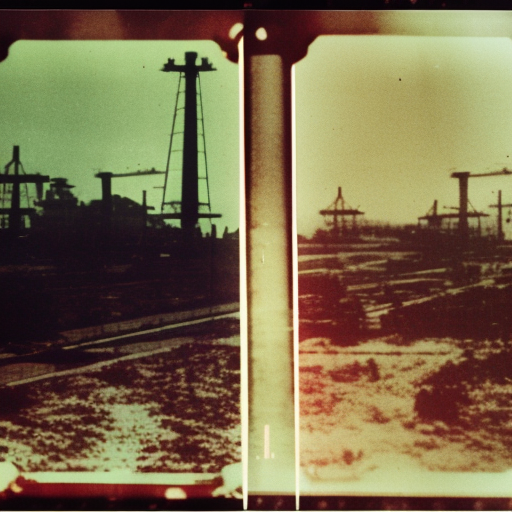Fukushima Daiichi Nuclear Disaster: A Catastrophic Accident
The Fukushima Daiichi nuclear disaster occurred on March 11, 2011, when a massive earthquake and subsequent tsunami struck the northeastern coast of Japan. This disaster resulted in a series of equipment failures, meltdowns, and releases of radioactive materials at the Fukushima Daiichi Nuclear Power Plant.
The Earthquake and Tsunami
The disaster began with a magnitude 9.0 earthquake, the most powerful ever recorded in Japan. The earthquake triggered a tsunami, with waves reaching heights of up to 40 meters (131 feet). The tsunami overwhelmed the plant’s seawall, flooding the lower levels of the facility and disabling the backup generators that were crucial for cooling the reactors.
Reactor Failures and Meltdowns
The loss of power and cooling systems led to a series of failures in the reactors. Reactors 1, 2, and 3 experienced fuel meltdowns, where the nuclear fuel rods overheated and melted, releasing a significant amount of radioactive material into the environment. Reactors 4, 5, and 6 were shut down at the time of the earthquake, but they also faced cooling system failures and fuel damage.
Radioactive Releases and Contamination
The meltdowns and subsequent explosions released radioactive materials into the air and water. The most significant releases occurred in the early days of the disaster, with plumes of radioactive particles spreading over a wide area. The released materials included iodine-131, cesium-137, and other isotopes, which posed significant health risks to the population.
Evacuation and Health Concerns
The Japanese government declared a 20-kilometer (12.4-mile) exclusion zone around the plant, leading to the evacuation of approximately 160,000 people. The evacuees faced numerous challenges, including the loss of their homes, livelihoods, and the psychological impact of displacement. Concerns about radiation exposure and its long-term health effects added to the distress of the affected population.
Response and Cleanup Efforts
The Japanese government and Tokyo Electric Power Company (TEPCO), the operator of the Fukushima Daiichi plant, initiated a massive cleanup and containment effort. This included the construction of a steel and concrete structure, known as the “Fukushima ice wall,” to prevent groundwater from entering the reactor buildings and becoming contaminated. Additionally, workers used robots to remove debris and fuel from the damaged reactors.
Long-Term Impact and Lessons Learned
The Fukushima Daiichi nuclear disaster had far-reaching consequences. It led to a significant decline in public trust in nuclear power and prompted a reassessment of nuclear safety worldwide. The disaster highlighted the importance of robust safety measures, emergency preparedness, and effective communication in the nuclear industry.
Conclusion
The Fukushima Daiichi nuclear disaster was a catastrophic event triggered by a powerful earthquake and tsunami. The meltdowns and releases of radioactive materials had severe consequences for the affected population and the environment. The disaster served as a wake-up call for the nuclear industry, emphasizing the need for improved safety standards and emergency response protocols.












